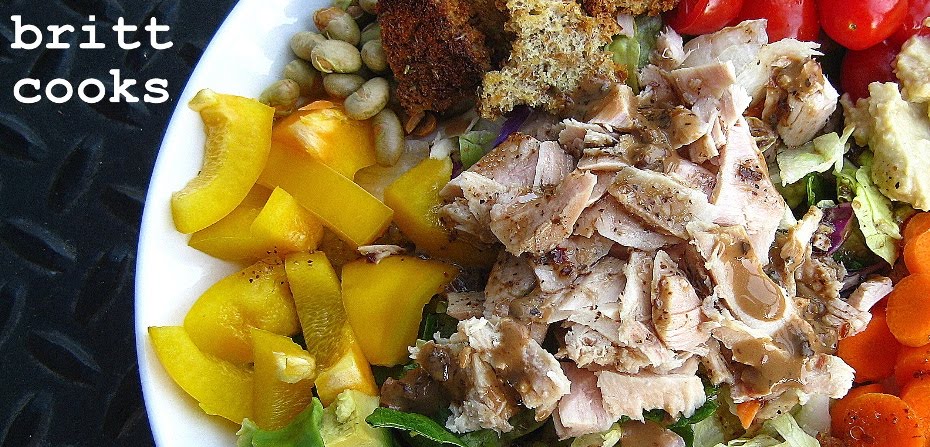It's probably the cold weather that has caused me to want to hole up in my hole of an apartment and bake for hours. Really, I've been quite a baking machine these days. Between several varieties of scones, cookies, muffins, and cupcakes, I enjoy standing near our oven, mixing together my flours, sweeteners, leaveners, and fatteners, knowing that what I'm making will bring a smile to someone's face. I intend to wholeheartedly use this as justification for what will likely be a shocker of a gas bill this month. Because really, I just like to make people smile, and who can't help but smile when they're offered a freshly baked cookie?!
As a child I enjoyed these gingersnaps at tea parties with my bears and dolls in the beautiful, woodsy backyard of my grandparent's home. These cookies were prepared meticulously by my grandma, who undoubtedly spent quite some time rolling out tiny balls of dough to create dozens of identically-sized cookies just larger than a quarter. Having made several batches of these over the past few weeks, I have grown to love the cathartic, mind-numbing feeling of dough between my hands, rolling out ball after ball, while dancing a bit to some Beatles tunes. It helps that the end result is a well-received, soft (yet snappy) cookie that is a subtle blend of sweet ginger, cinnamon, and molasses. To prevent burning, watch these cookies carefully, especially if they're small. They can easily be stored in the freezer, but watch out, because I've found that they are just as tasty frozen!

The Stuff:
- Mixing bowl(s)
- Flour sifter (recommended, but I don't own one, so I just shake my flour around a bit :-)
- Baking sheet
- Oven
- Cooling rack (again, I don't own one, so it's not totally necessary)

The Edibles:
- 1 c. sifted all-purpose flour
- 1 c. sifted white wheat flour
- 1 T. ground ginger (slightly more if you're using a generic brand)
- 2 tsp. baking soda
- 1 tsp. ground cinnamon (slightly more if you're using a generic brand)
- 1/2 tsp. salt
- 1 T. ground flax seed
- 3 T. water
- 3/4 c. shortening (I used Crisco!)
- 1 c. granulated sugar
- 1/4 c. dark molasses
- 1/3 c. cinnamon sugar (1/3 c. sugar with a few hearty shakes of cinnamon mixed in well)

The Making:
- Preheat oven to 350 degrees F (175 degrees C).
- Sift the flours, ginger, baking soda, cinnamon, and salt into a mixing bowl. Stir the mixture to blend evenly, and if you're feeling ambitious, sift a second time into another bowl.
- Mix flax seed and water in a small bowl or cup, and let it sit for at least 3 minutes.
- Place the shortening into a mixing bowl and beat until creamy. Gradually beat in the white sugar. Beat in the flax seed water mixture and dark molasses. Sift 1/3 of the flour mixture into the shortening mixture; stir to thoroughly blend. Sift in the remaining flour mixture, and mix together until a soft dough forms. Pinch off small amounts of dough and roll into 1 inch diameter balls between your hands. Roll each ball in cinnamon sugar, and place 2 inches apart on an ungreased baking sheet.
- Bake in preheated oven until the tops are rounded and slightly cracked, about 10 minutes. Larger cookies may take longer. I would recommend checking every minute or so around the 10 minute mark.
- Cool cookies on a wire rack. Store in an air tight container.
Recipe makes about 60 cookies.

















































